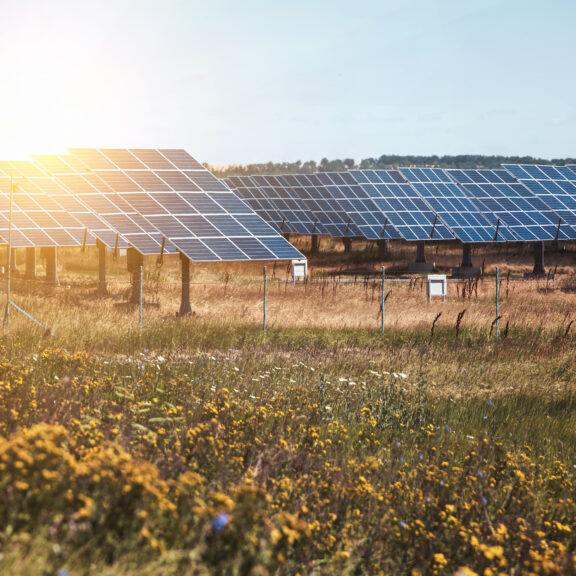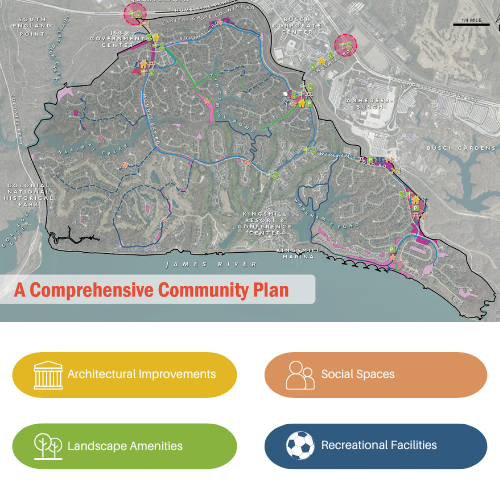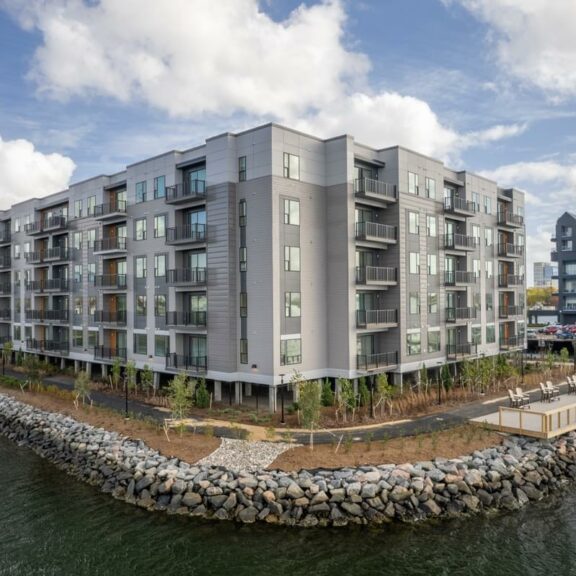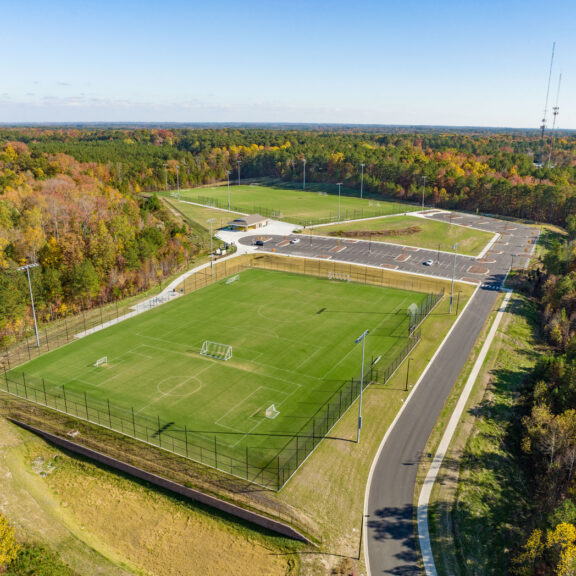A common request we, as Landscape Architects, receive from our clients is for a landscape that is ‘low maintenance.’ In addition to being a cost savings measure, low maintenance landscapes can contribute to the reduction of the long-term life-cycle cost and carbon footprint of a site. The following three strategies can be applied to most sites to decrease the need for traditional landscape maintenance: ‘low mow’ lawns, reforestation and native plants.
‘Low Mow’ Lawns:
A ‘Low Mow’ lawn is grown from a seed mixture of a variety of fine fescues that vary from the typical monoculture of a traditional lawn. Slow growing and drought tolerant, this specialty grass mix reduces the need for the frequency of watering and mowing. Once the grass reaches a height of around six inches it will fold over for a soft, lush look. Eco-lawn requires bi-annual mowing as opposed to the weekly mowing schedule of a traditional lawn.
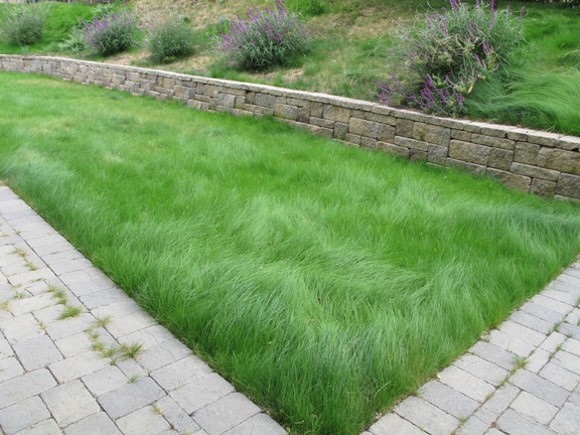
Reforestation:
Another method to reduce the amount of open lawn area to maintain is the reestablishment of tree cover through reforestation. By returning large areas of lawn to a more natural state we can begin to heal a site. Reforestation is most effective when tree and shrub species are selected to mimic the naturally occurring ecosystems on site. Returning high maintenance lawn areas to forest cover eliminates the need for mowing and irrigation.
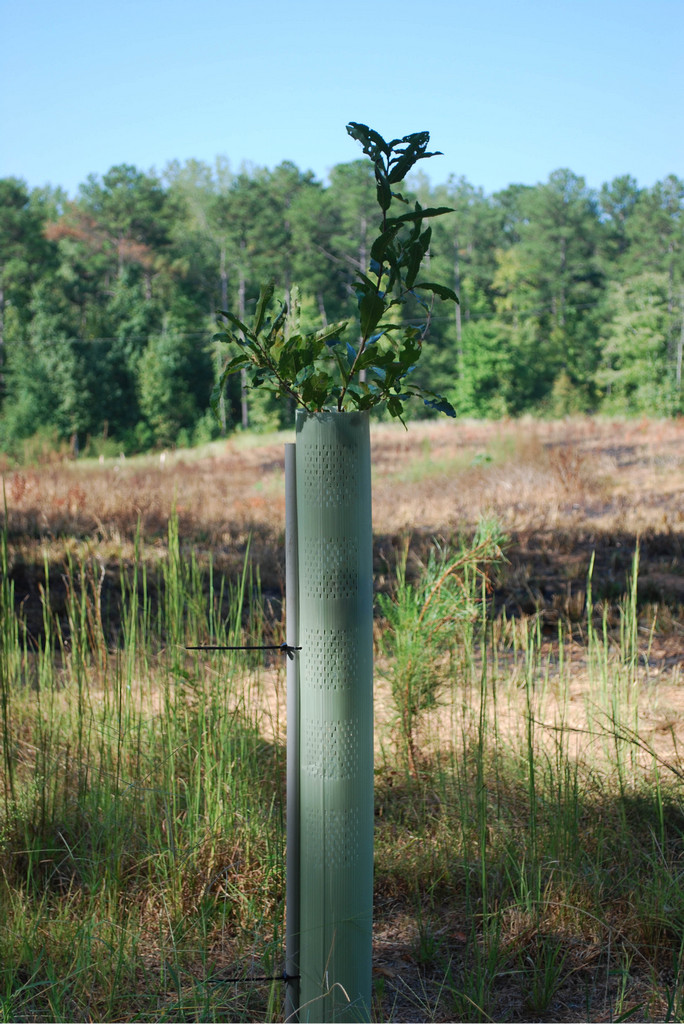
Native Plants:
The use of plants native to a region has distinct advantages in terms of maintenance. The plants have uniquely evolved to respond to the specific characteristics of a region’s climate. Native plant materials have a greater tolerance for the native soils, weather fluctuations, insects, and rainfall amount of a particular area. This reduces the need for intensive maintenance post establishment. In addition to reduction of required care, native plants promote the restoration of habitat and nutrition for pollinators and other animals.
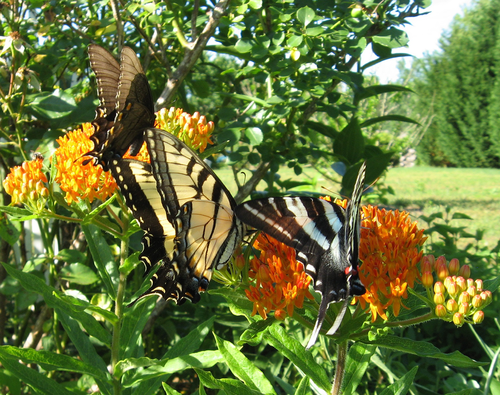
These low maintenance techniques are a departure from traditional landscapes, which creates an educational opportunity for the site owner. Signage that highlights the various techniques, and their advantages, can be installed on site to explain the benefits of their implementation. Additionally, the above-stated strategies can be implemented to meet LEED and/or SITES credit requirements.
For more details or additional questions about the above information, please contact our team! We’d love to help you find low maintenance solutions for your upcoming project or existing site.

